
Getting started with seeds
Did you get here because you borrowed seeds from one of the Napa County Seed Library’s annexes? That’s great! Or did you already have some of your own and want to learn more?
Also fantastic!
Here’s the key: we rely on your commitment to return seeds when you borrow them so we can continue to provide equal access to seeds and everyone can learn how to plant, grow, and save more locally grown, organic seeds.
Your Napa County Seed Library operates a network of indoor and outdoor seed library annexes. They are free, volunteer-led resources for seed saving and sharing seeds within hyperlocal communities in Napa, California.
Check out the information below to get a quick start on how to plant, grow, and save seeds you have and enjoy the process and the rewards of abundance and giving back!
AND THANK YOU!
Planting Seeds Monthly lists for our growing zone 9b
If your new at starting plants from seed (or even if you’re new to our growing zone, 9b), we’ve created lists of seeds that grow best in Napa County, organized by month. In Napa County we can plant many kinds of vegetable, herb, flower, cover crop, and ornamental seeds all year because of our warm climate and long growing season. Your success depends on: (1) the microclimate where you live and grow plants, (2) the time you choose to plant their seeds, (3) the seed’s ability to grow to full maturity, and (4) your experience with planting from seed. Tap the images below to find out which seeds are great to plant in Napa County (or Zone 9b). Even if you don’t live in this climate or area, you’ll find great information here. These monthly lists come from our Instagram posts, so follow us. To receive them in your inbox, subscribe to our SEED TAPE newsletter on Substack.
Growing Seeds We’re creating custom zines to share with you the basics about the most common seed types
We’re creating custom zines about the easiest seed types you can borrow from our seed library annexes: beans, herbs, peas, leafy greans, tomatoes, roots, Brassicas, and squash. These zines will help you navigate the first steps of growing plants from seed in your garden. As we roll them out here (get started with beans above), be sure to visit our How to Grow page, where you can learn about basic approaches to gardening from seed, including how to start seeds indoors, how to test for good germination, how to grow plants as companions, and lots more. We are eternally grateful to Julia Dakin at GoingToSeed.org and Rebecca Newburn of the Seed Library Network for sharing many resources to help us develop these zines and more!

Tap the image to read our first zine all about the ‘Rio Zape’ bean variety.
Our first zine is about beans!
We created this first seed zine for our class, “The Humble Bean: A Community Seed Saving Adventure,” designed to inspire gardeners to grow and save ‘Rio Zape’ beans. Tap the image and you’ll find what you need to know to plant beans of any kind in both English and Spanish!
To learn how to save bean seeds WATCH THESE VIDEOS: Easy Seed Saving: Beans & How to Save Bean Seeds
Saving Seeds DIYseed.org created beautiful and educational films to share freely
Below are selected educational films about seeds to support your journey with planting them. These beautiful and inspiring films produced by DIYseeds.org help you learn the basics of Botany and pollination, as well as what a seed is and how to choose some to plant. These beautiful, inspiring films demonstrate everything you need to know about growing and saving seed for fun and preservation. Browse the catalog on our Save Seeds page for more information.
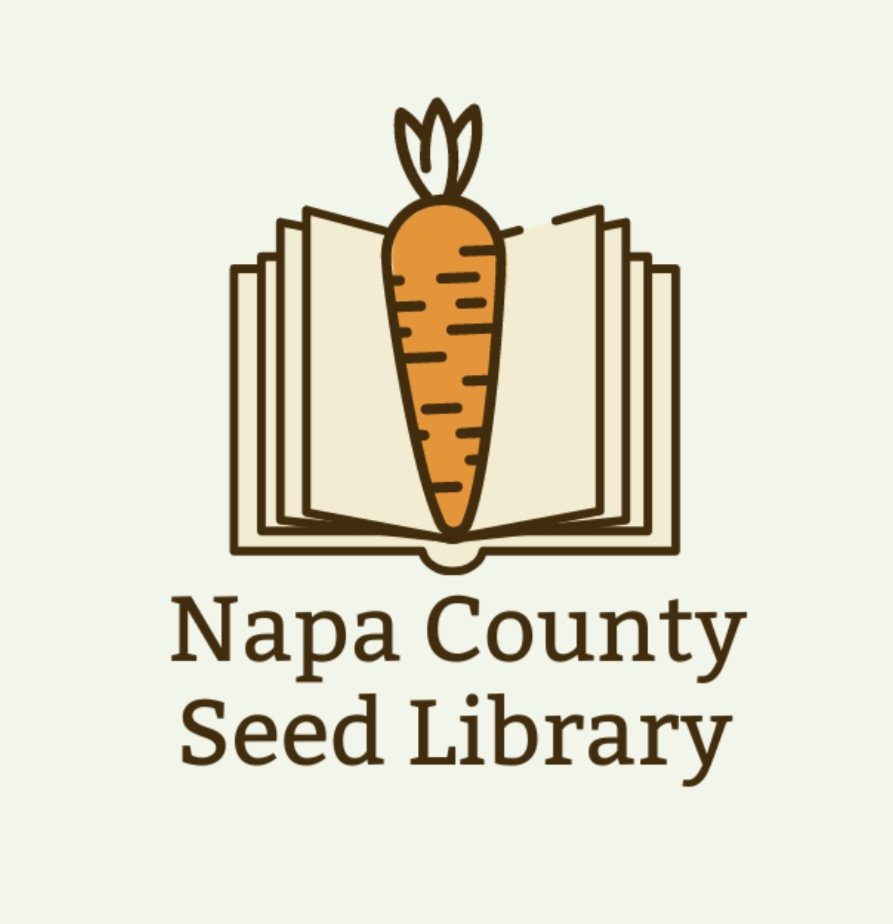
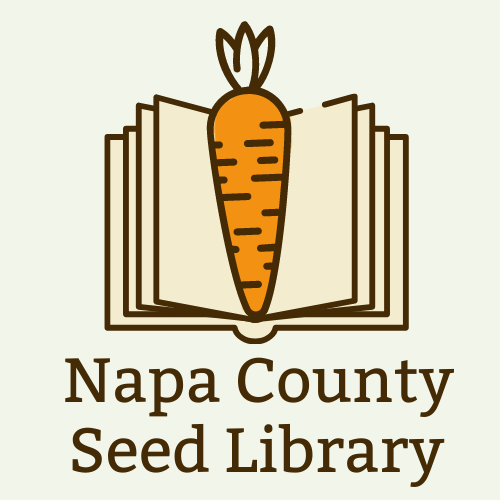






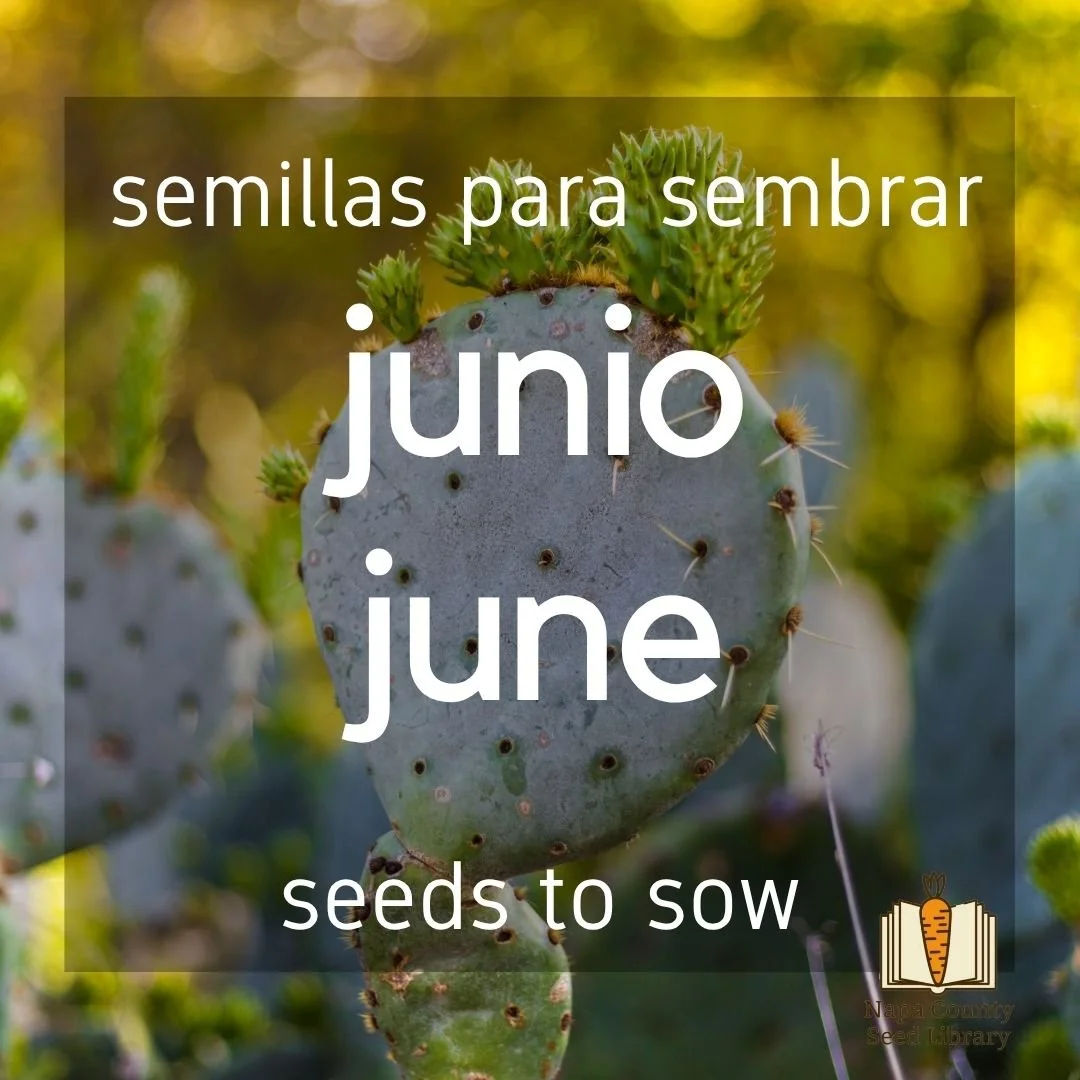



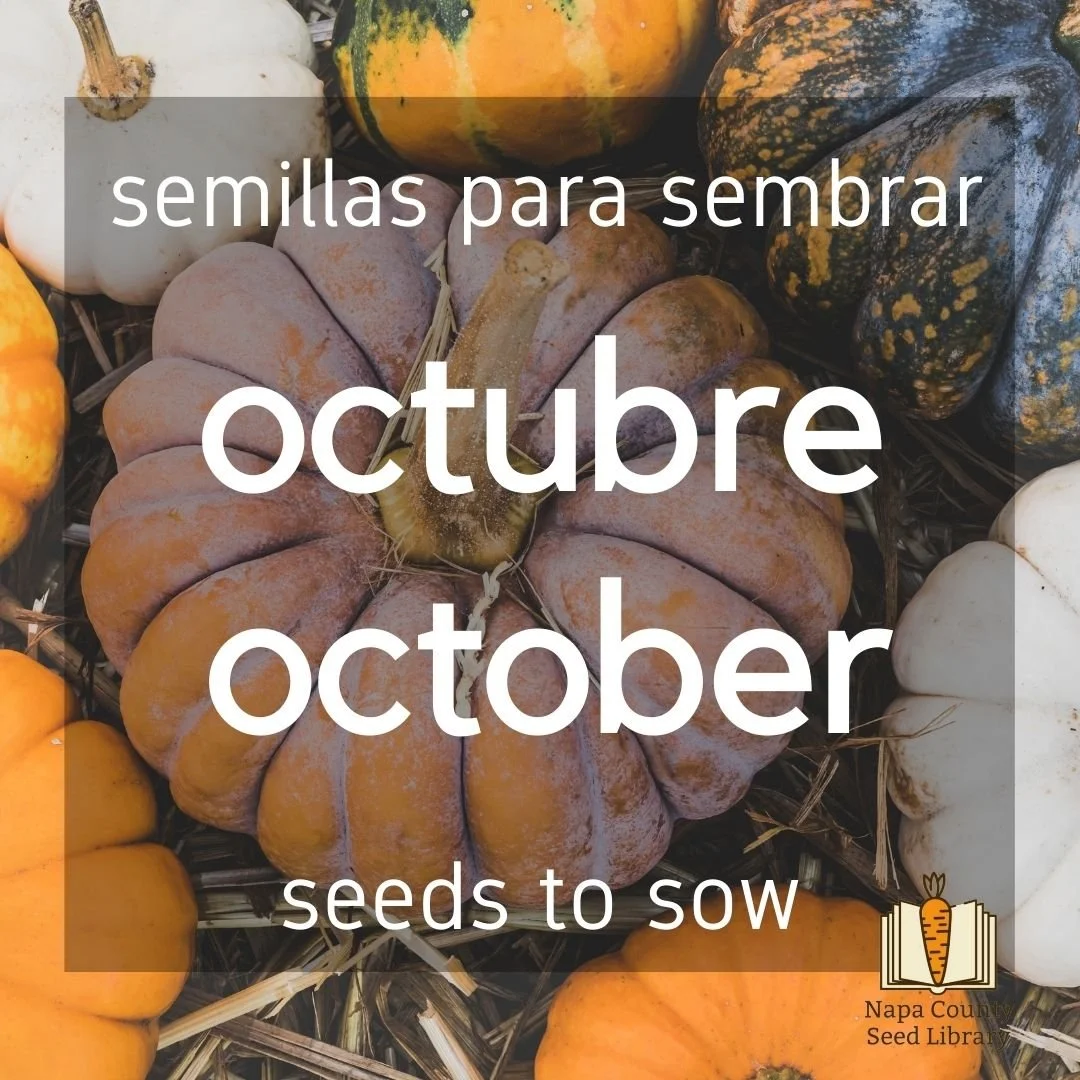


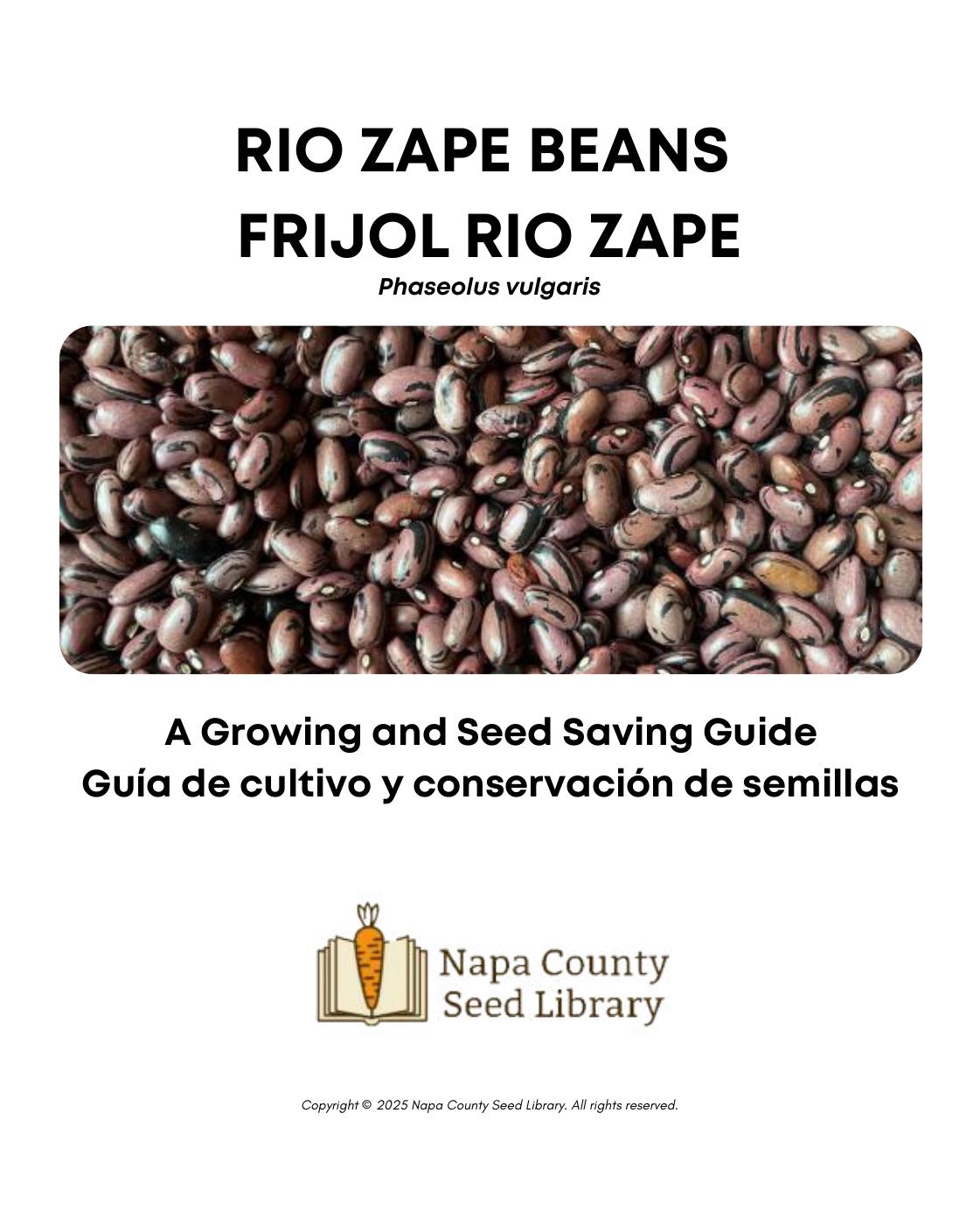



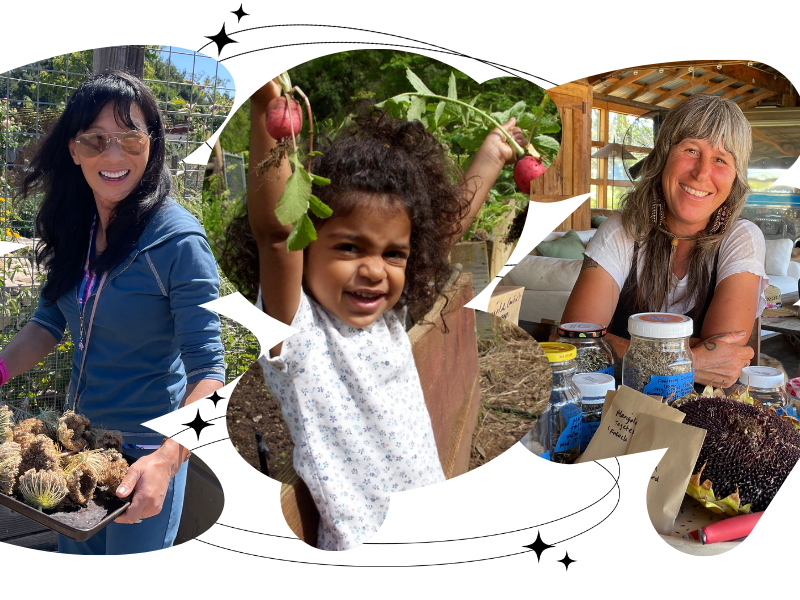
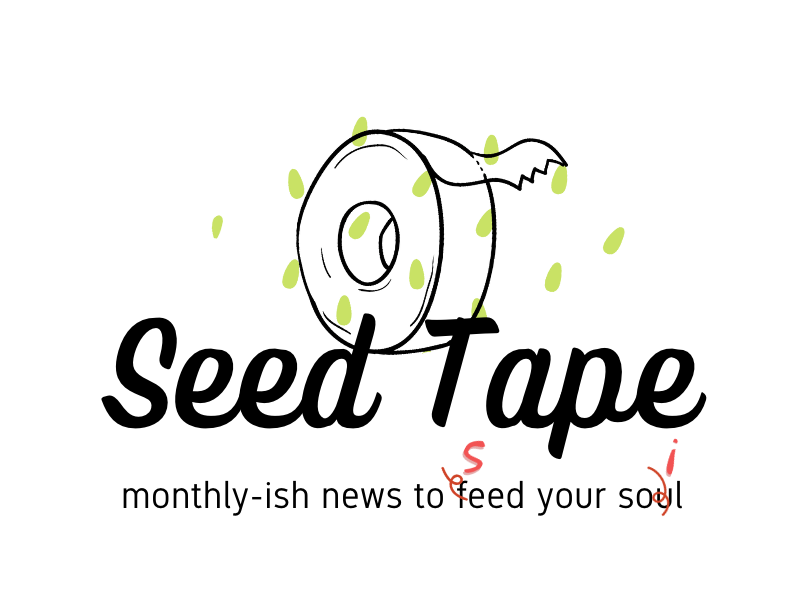
Anyone who wants to produce seeds should have a general understanding of botany, the science of plants. Plants are at present classified according to the anatomy of their flowers, their reproductive organs and their fruit. They are classified by their Latin names.